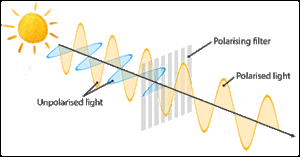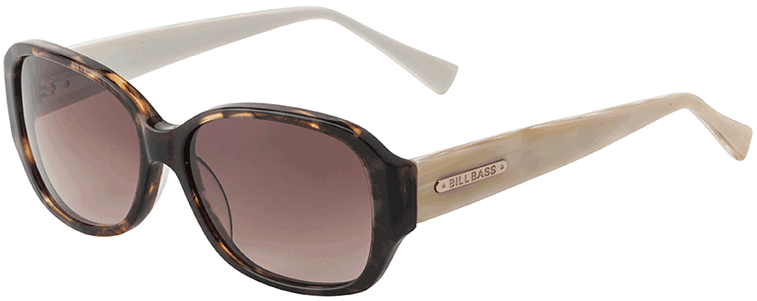Summer is here and whether you’re fishing, boating, at the beach or just out for a walk, it might be time to start thinking about polarised sunglasses.
Why? So you can enjoy the word around you without the bright white stain of glare.
Tinted lenses vs. polarised lenses
While tinted sunglasses are great for reducing brightness and UV rays, they don’t necessarily eliminate harsh glare like polarised sunglasses can. Polarised lenses will not only reduce glare caused by water, snow, flat roads and windscreens, they enhance visual clarity and contrast and reduce eye strain.
What are polarised lenses?
They are filters that only let in one kind of light, depending on their orientation. Light waves travel in different orientations: vertically, horizontally and everything in between. Our naked eyes perceive vertically polarised light as glare. Sunglasses with polarised lenses absorb these horizontal light waves, while still allowing vertical waves to pass through.
On flat roads or smooth bodies of water, light is generally reflected in a horizontal direction, instead of its usual scattered fashion, creating glare. Polarisation adds an extra filter within the lens so the horizontal light is removed: no glare.
How polarisation works
Polaris lenses are coated with a special chemical film. This film contains a chemical compound made up of molecules that align in rows, like blinds on a window. This creates a microscopic filter blocking light waves oriented in the same direction.
However, all filters are not made equal. A poor manufacturing process can cause scattered alignment on the filtering film. If molecules of the film are not aligned evenly, they will not reduce glare evenly.
You can get cheaper polarised sunglasses, but the lenses are quite thin, and the polarisation is usually just a layer on the front that can be scratched off. Or you can get a pair that has had polarisation embedded into a layer within the lens. The lens will also have additional layers, from anti-reflective coding to tints, to keep the polarisation protected and away from the surface.
At John O’Connor Optometrists we sell NuPolar Lenses – these polarised lenses eliminate excessive brightness and glare. They provide 100% UV protection and increase visual clarity and colour perception. Our Bill Bass polarised sunglasses start from $189 and our tinted polarised prescription sunglasses start from $488.
Benefits of polarised lenses
Ever find yourself wearing sunglasses but still squinting? Got sore eyes? Do you sometimes have headaches or feel a little dizzy when wearing wraparound sunglasses? It might be time to discover the difference of polarised lenses. See the difference polarised lenses can make on your view in the image below.
- Eye Comfort – the sun’s brightness interferes with comfortable vision and the ability to see properly often resulting in squinting, watering eyes and headaches.
- Glare Protection – glare washes out colours, obscures details and tires your eyes. Polarised lenses provide safety when driving on wet roads and on sunny days.
- Reduced glare = reduced eye strain.
- Better world view – increase your ability to perceive the world more clearly. Looking into water, you’ll see more than you typically would without the reflection of a blinding amount of light.
The good news is that even if you wear prescription glasses, you can still have polarised lenses. Prescription polarised sunglasses using HOYA’s NuPolar lenses provide the ultimate glare protection.
If you’d like to know more about the benefits of a glare-free world give us a call and we’ll find polarised lenses that are right for you.
Call our Newmarket Optometrists on 09 522 1283 or Henderson Optometrists on 09 836 1731 or send us an email via our contact page. We’d be happy to discuss all options with you.

